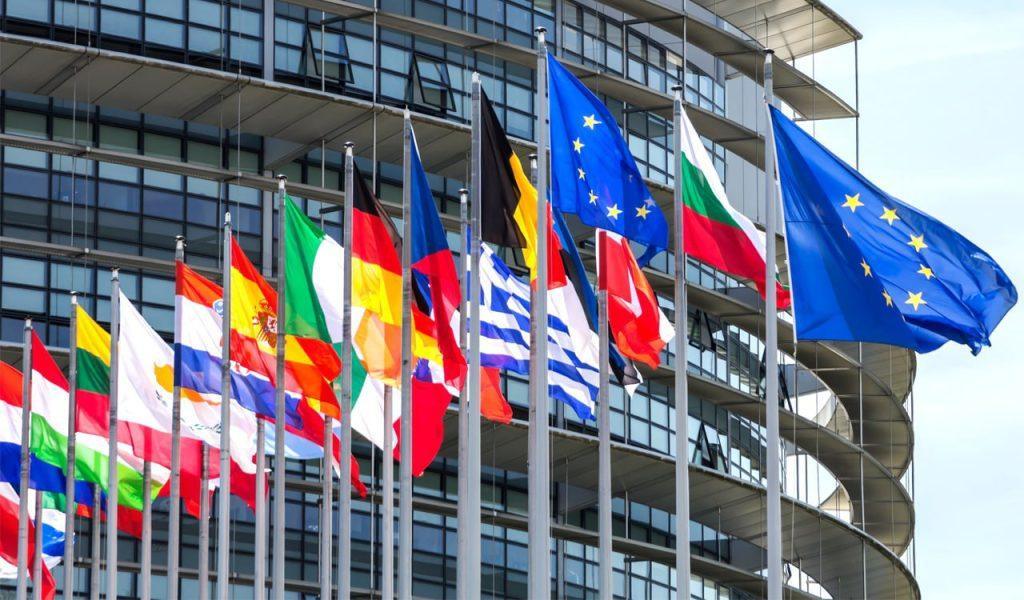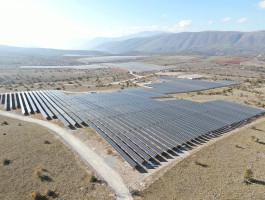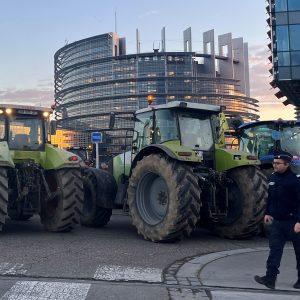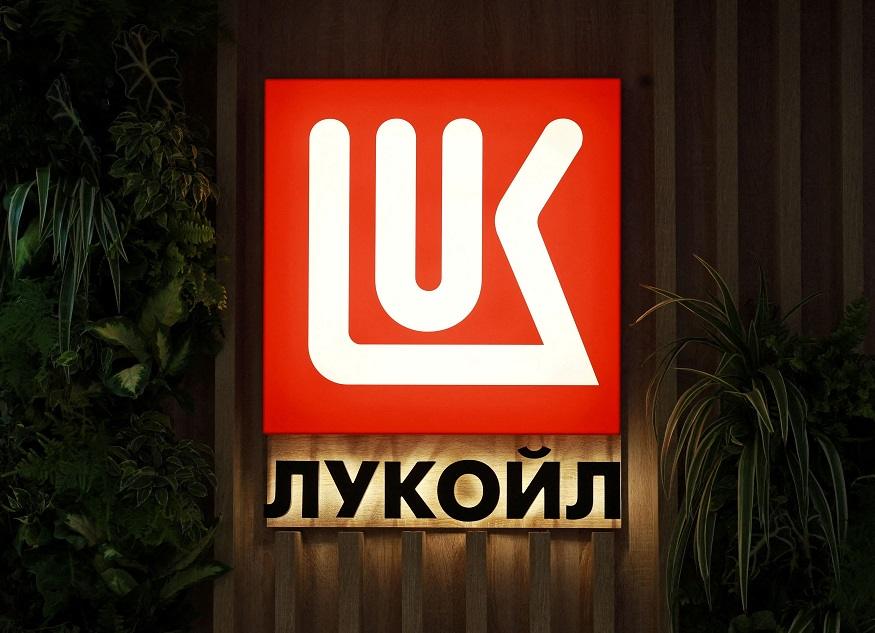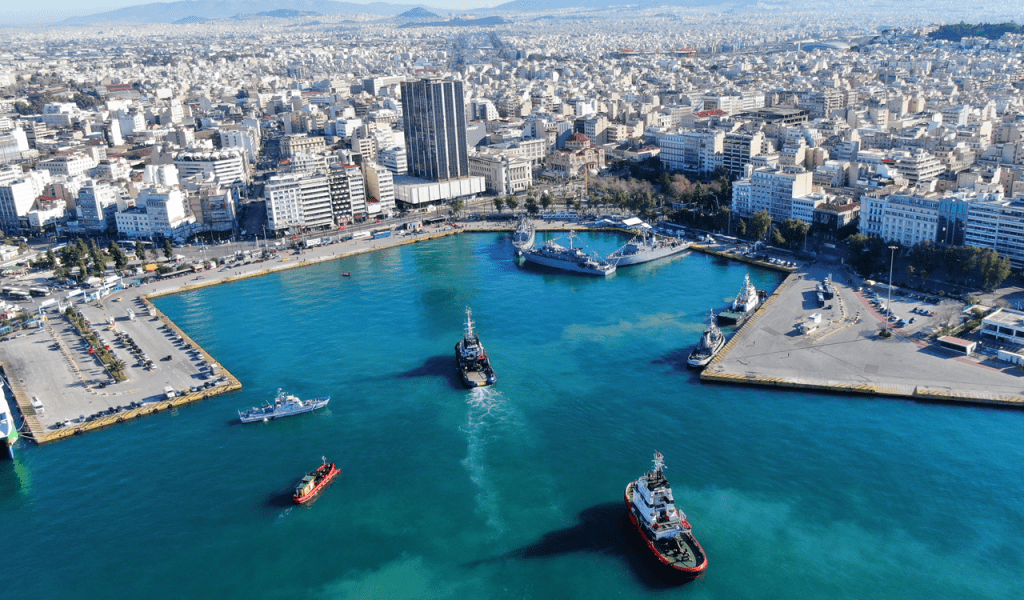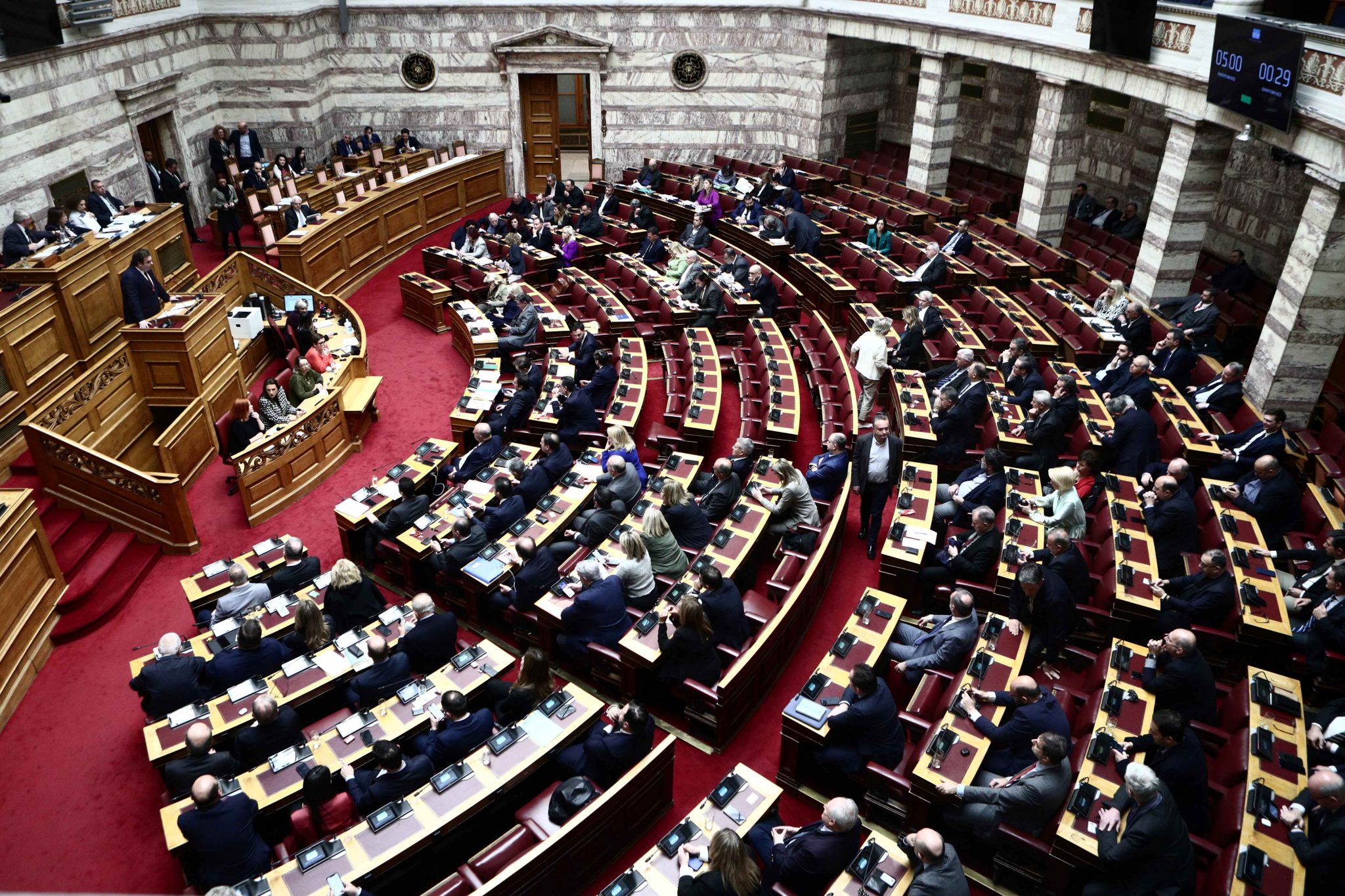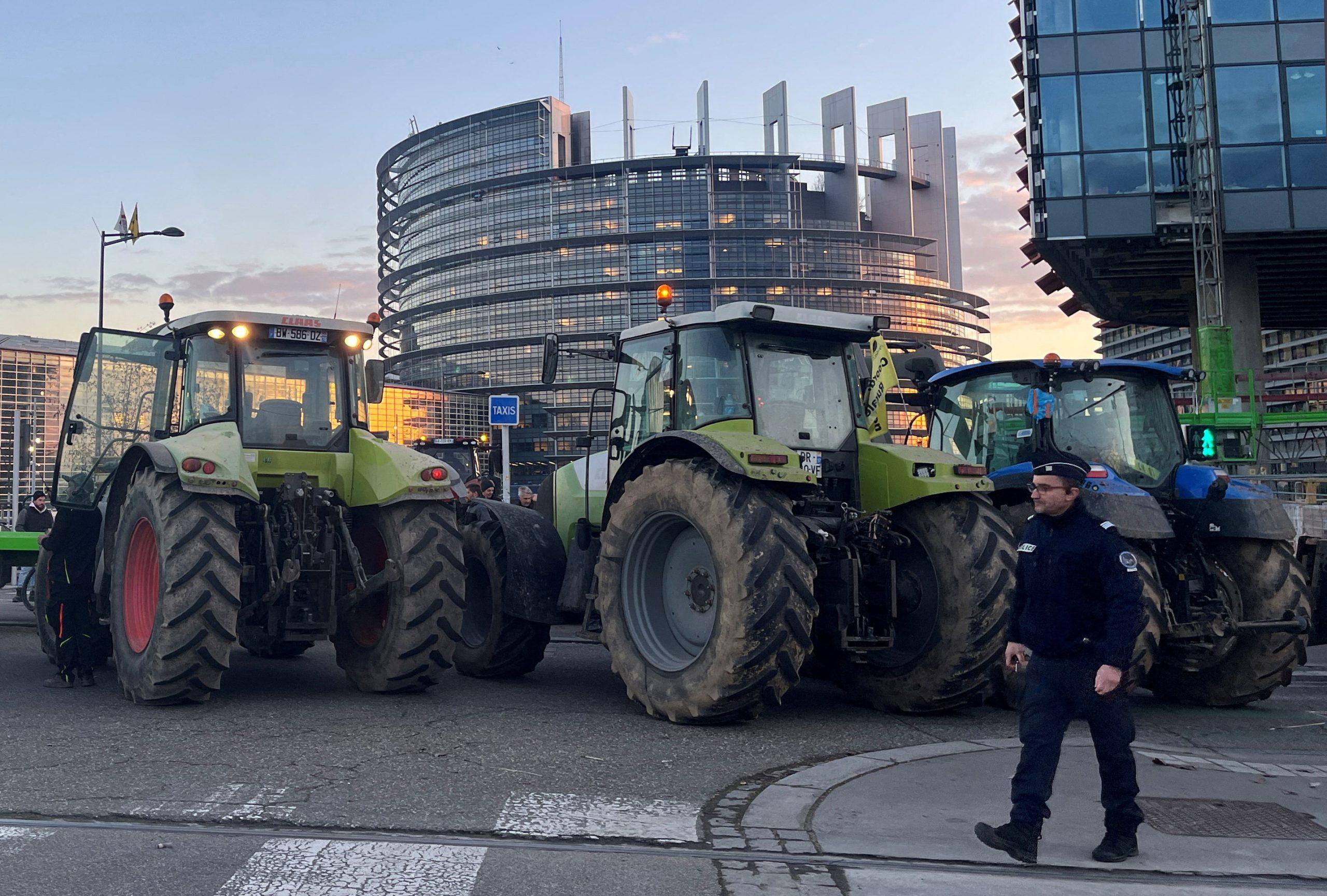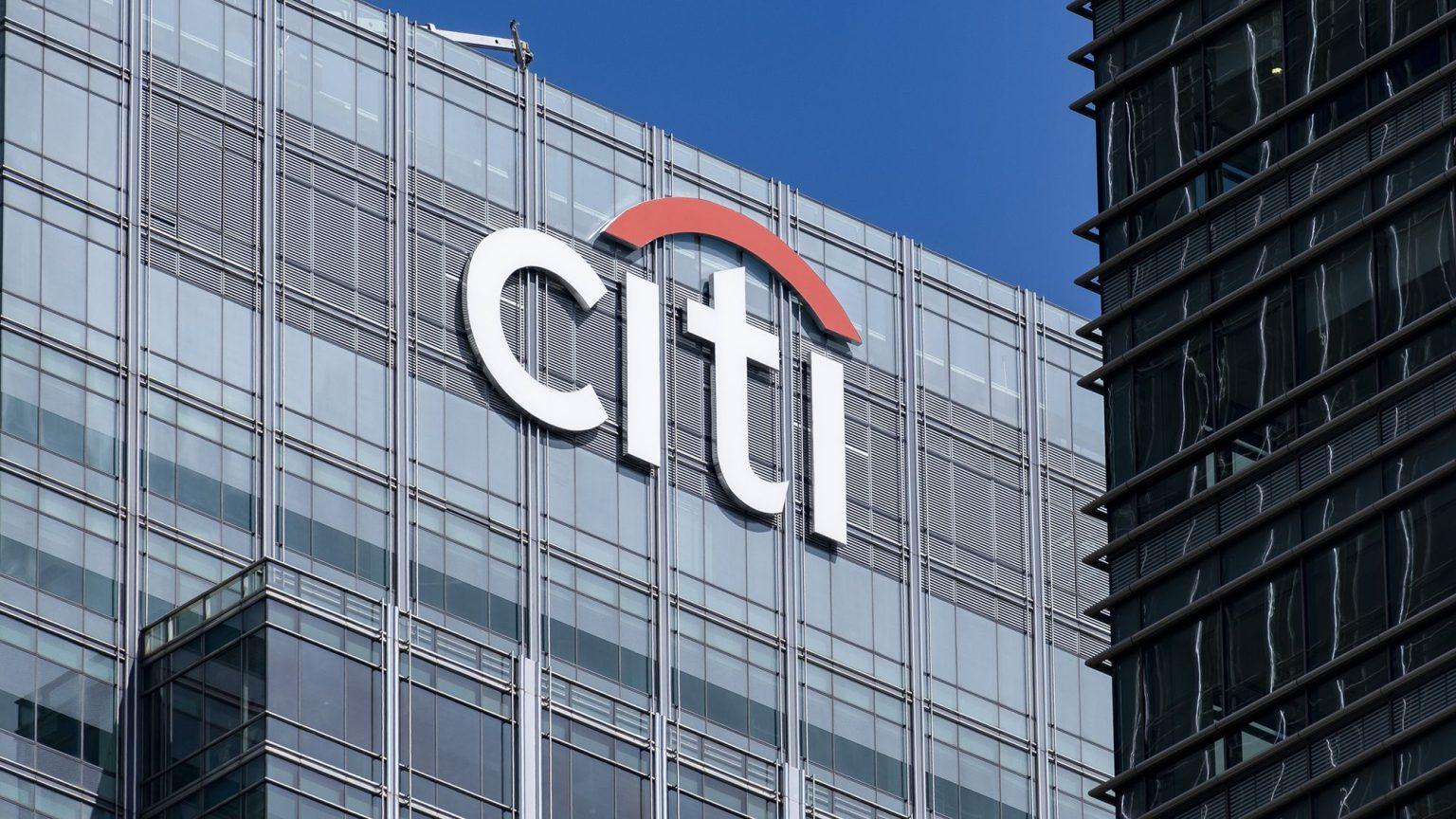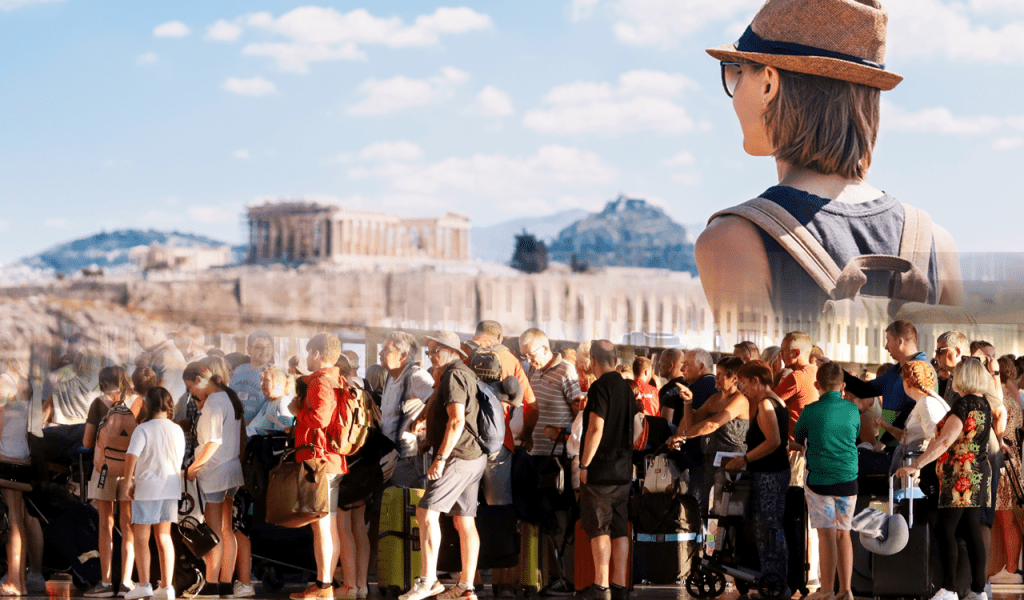The Superilles, or superblocks of Barcelona, are included ion the Ministry of Environment and Energy’s list of strategic projects in the public space and in the building stock of urban areas, which can be financed by the Recovery Fund. The staff of the ministry cites as “models” a series of good European and international examples on which Municipalities, Regions, development companies and local government organizations can “build” their proposals in order to claim a piece of the pie from the program for public interventions, worth of EUR 204 million.
“Standard” interventions
The superblocks are an experimental project designed by the Barcelona City Council, in collaboration with the Urban Ecology Organization, to promote sustainable mobility, intensive use of public spaces, biodiversity development and social cohesion. This is a new type of urban organization in five specially selected areas. There were created land units the size of nine building blocks, in Hippodameia urban organization, with light traffic internal roads. The movement of Public Transport and cars going 50 km / h is allowed on the perimeter routes, while on the internal routes, only private vehicles going 10 km / h are allowed, in order to give priority to pedestrians and cyclists.
The “standard” interventions also include the redevelopment of Hafen City in Hamburg, which was perhaps the largest development program within a European city and, according to the authors of the ministry’s call, created a “model” for the development of a city on the banks of a river. The intervention area is located in the free port area of Hamburg on the river Elbe, in an area with old industrial warehouses built during the Second World War that were abandoned over the years. Only a few, impressive historic buildings have been preserved in the area, while promenades, roads, parks, and buildings (residential and office) with innovative design have been created.
Also a good example is the redevelopment of Edinburgh’s Leith Docks waterfront in the old harbor area associated with the smaller redevelopment of Granton’s waterfront. The basic principle used in the renovation is the mixing of uses with offices, hotels, leisure, trade, public space and housing, with the aim of consolidating an active urban environment.
Respectively, Greek local authorities can draw best practices from the examples of Potsdamer Platz in Berlin, a place that was reborn after the fall of the Berlin wall, of the Villette area in Paris, formerly a abattoir area, where today one of the most important parks in the city etc.
The specific examples, according to the environment ministry, refer to projects, programs, participatory planning and public awareness campaigns that have been carried out outside Greece in different conditions and data. That is why, as mentioned in the invitation of the ministry, their implementation must be adapted in proportion to the sizes, the data and the characteristics of the Greek cities.


